Getting geared up to train Brazilian Jiu-Jitsu you will need a few things that might not be offered at the school or gym you’re attending. To get the proper Jiu Jitsu clothing you can search at your nearest Jiu Jitsu shop or BJJ warehouse for gear that can help you train.
For the bare minimum to train at your school or gym, you should invest at least in a Gi and a belt. However, it is also recommended that you look into rash guards to protect yourself.
Brazilian Jiu-Jitsu Gi
The Jiu Jitsu Gi, or Jiu-Jitsu Kimono is one part of Jiu Jitsu gear that is necessary to train and look uniformed. “Gi” is a shortened version of the Japanese words “Keikogi” and “Dogi”, which can literally be translated to “uniform for training”. Along with Brazilian Jiu-Jitsu, a number of martial arts require you to wear this uniform. Therefore, it is important for you to pick out a Gi that is specifically made for BJJ. There is a difference when it comes to judo vs Brazilian Jiu-Jitsu.
BJJ gear is specifically designed with a tougher material, durable enough to be thrown around, just like you will be, especially in training with all the grappling, etc. The Gi for BJJ is also specifically designed to make it difficult for your opponent to grab you, which is dangerous when grappling. This Gi generally comes with a jacket and a pair of pants from which you will start placing a belt upon.
When you’re first looking for a Gi at a BJJ outlet or through a BJJ Gi clearance, not only will you have to look for a Gi that is available at your price range but also one that fits you well enough to move, with preferably a white belt. The two characteristics you need to look out for is cheap and durable.
Unfortunately, a BJJ Gi shrinks when you wash them and it’s good to know that you normally shouldn’t put them in the dryer or they might shrink. Therefore, you will be better off to choose the larger size, especially if you’re not sure where you stand between two sizes. Also, strategically speaking, having a larger Gi will actually increase your BJJ skills because your opponent will most likely be more inclined to grab you more so than they would if you had a tightly fitted Gi, so you have to really train your defensive skills and abilities.
If you have an option on deciding which color your Gi will be, it is best to go with a dark colored one — generally black or blue are sold because the white ones stain and get dirty way too easily. You can easily find them by searching for a “Jiu-Jitsu store near me”.
A good thing to also know is to wash your Gi weekly. Even though you might not think it’s necessary because it’ll just get dirty again, it is necessary! Not washing your Gi might cause others to possibly get ringworm or to have it being spread in your gym or school.
Why should I buy a Gi?
Okay, I know you’ve heard of schools or gyms that don’t need a Gi but there are facilities that require it.
First of all, a fighters market Gi in Brazilian Jiu-Jitsu is much different than ones from other branches of martial arts, in size and in material.
Speaking of material first, the Jiu-Jitsu Gis are much more durable and made of thicker materials than those in Karate or Taekwondo because this branch of martial arts has a lot of grabbing and grappling. Therefore, the material that the Gi is made out of also needs to fit the bill. If you were to go out to a BJJ lesson or fight with a Gi that is made and designed for Karate, it will most likely rip with one of the first pulls.
The second reason why it should specifically be a BJJ Gi and why you would have to wear one is that they are fit and designed perfectly for BJJ. Although you may think that the Gis for Judo look the same — they’re not. The ones from Judo are made with wider sleeves, which can be detrimental to someone fighting BJJ, giving their opponent much more to be able to grip on than they would have liked. They are also much more fitting in general so that it avoids trapping your hands inside like a Judo one would.
So, instead of trying to get away with purchasing a cheap Karate Gi, find decently priced Jiu Jitsu Gi brands and get the best deal with the right equipment.
Which leads me to my next helpful tip for Brazilian Jiu Jitsu for beginners, is on how to go about choosing a Gi. There are so many options out there, not only meaning with brands but also styles. Keep on reading to know how to pick out the best Gi for you.
Choosing a Gi
When choosing a Gi, you have to look into the weave. This component is dictating how much material is used and the manner in which it is sewn together. Once you narrow the weave down, there are three components to think about here:
|
Weight |
If you are planning on training in hotter weather outside, for example, a lighter Gi is great (or if you get hot easily). Also, if you are cutting it close to the division’s weight limit, a lighter Gi won’t hurt. |
|
Thickness |
Even if it is hot, you might want to consider getting a thicker Gi. The thicker it is, the more difficult it is for your opponent. If your opponent can close their fist tighter on thinner material, than thicker would pose a problem. |
|
Durability |
If you are looking to train BJJ seriously and need to invest in a Gi, durability should play a big factor. You should be well aware you’re possibly going to be using it multiple times per week. |
Also, when you are choosing a Gi, it is not simply based on the quality or material, there are other things to consider when making such a decision as which one to invest in. Not only is this beneficial for your wallet, but also your training and your fighting.
Here are a few other aspects of a BJJ Gi to consider before you invest in your purchase:
|
GI Size |
When investing in a Gi for an adult, the standard size usually begins with an “A” for adult. The number size gets larger as the Gi gets bigger, which is pretty standard and simple to figure out, with sizes from A0 to A6. With the children, it gets a little bit more difficult. Sometimes the kids’ Gis are sized with “M”, from M0-M4 and sometimes they are sized with simply numbers, like 000, 00, 0, 1, and so on. However, it is also good to remember that just like with shoes or bowling shoes, for example, the sizes tend to change with the fit from brand to brand. It is best if you try it on yourself or have your child try it on before you make the investment, just in case. Also, keep in mind that children will most likely grow, and very quickly. |
|
GI Color |
Although BJJ Gis are available usually in various colors, like pink, purple, red, yellow, black, etc., before you go and pick out your child’s favorite color or you yourself want to stand out in the crowd, you should always consider what is the best investment for you. For example, if a tournament or league only accepts an approved color, you should keep that in mind when selecting one. For example, with competitions held by IBJF, only blue, white, and black are approved colors. However, if you can fit it in your budget, you can also buy several different colors. If you are training at a gym or school, you should check in with the rules of the facility to see which colors are appropriate. |
|
GI Collar Fill |
With collars, you can either choose between a cotton or a rubber fill on the inside. These collars and lapels are always cotton on the outside, however what’s inside can make all the difference.
|
|
Pre-Shrunk vs. Shrink-to-Fit |
The last component that you need to look into when purchasing your BJJ Gi is the option between pre-shrunk cotton, which means that you don’t have to buy the larger size and shrink it down or you can choose the shrink-to-fit version, which means that you literally put them in the dryer and periodically try them on until they fit perfectly. If you are looking for a Gi that is literally your perfect size, shrink-to-fit might be for you, however, if you are less-maintenance and just want a BJJ Gi that works right off the rack, then go with pre-shrunk ones. |
Now that I have you all dressed and covered up, ready to go, I’m going to move on to the rest of the gear.
For BJJ and that brand new BJJ Gi you just bought, you’ll need a belt. Although you are probably already aware that these belts have more meaning than simply holding your clothes in place, I’m going to run through it one more time.
BJJ Belt

The BJJ belt has a meaning not only tied functionally to your training by keeping your Gi in place but it is symbolically there, based on color, to track your progress through your BJJ training. It can also be used strategically, whether in your favor for defensive techniques or offensively, at the mercy of your opponent.
At a BJJ gear sale, you can easily find the white belt for a beginner but as you progress, you might have to rely on your gym or school for providing the other colors. For adults, the belt order goes from white to blue, purple, brown, and then black. For children, the belt order goes from white to yellow, orange, and then green.
How to Wear Your Belt

These belts are pretty self-explanatory, however, if you find yourself on your own with both ends in hand without a clue, here is a little guidance.
These belts may seem to be excessively long, able to wrap around your body more than once — they should be like that. They should be wrapped around twice and still have a bit of length after you tie it. At one end will be the logo of the manufacturer and on the other will be your bars or stripes. These help keep a record of your progress when you are in between belt colors (or levels).
The sizing is relatively easy— it is normally based on the same size as your BJJ Gi. So look for that size to start off.
Now that we have the Gi and belt covered, you might find it completely useless if you are heading to a gym that says: “No-Gi BJJ”.
What is the Gear for No-Gi Brazilian Jiu-Jitsu?
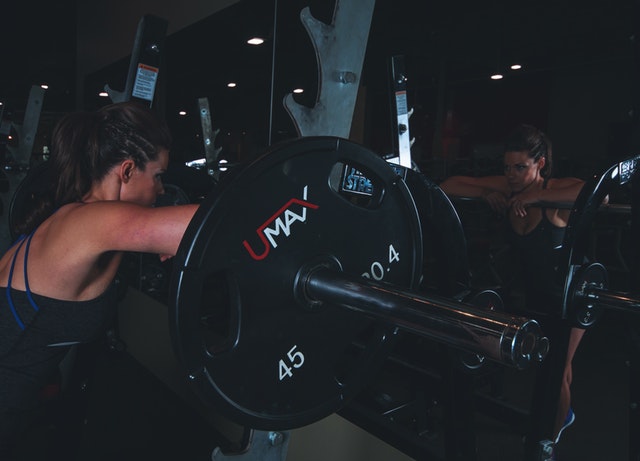
Since you have no Gi, you will simply need some grappling shorts and a rash guard. Although in your gym there might be others who are wearing Gi pants and a plain shirt, you might want to consider investing in the grappling shorts. The rash guard also poses some advantages and they mainly are beneficial to you, personally.
Grappling Shorts
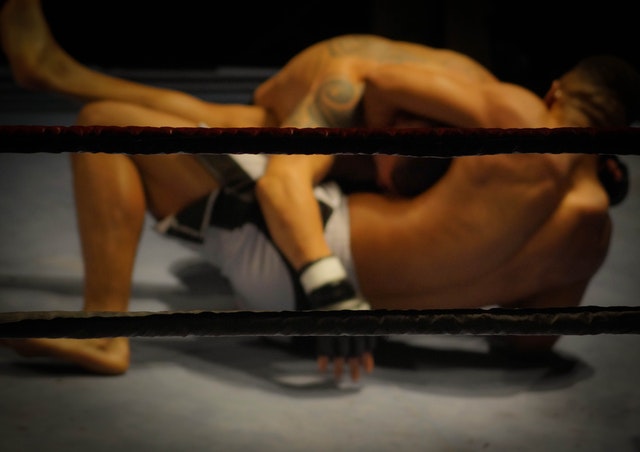
Instead of the Gi pants, you can opt for grappling shorts if your gym or school allows it. These shorts are specifically designed for someone who is training in BJJ and is planning on making the movements associated with this style of martial arts.
They are built tough, not able to pull off easily when tightened. This is actually, majorly important when it comes to strategy. With the grappling shorts, your opponent will be holding, grabbing, and pulling you, so you will need the gear to help you.
They are designed for flexibility, which helps when you’re grappling and needing to make reaches and transitioning from one position to another.
Finally, they are designed in a way where there are absolutely no buttons or zippers that can be hazardous to you and your opponent, which, as I mentioned before, means they are specifically designed for BJJ.
You can either wear board-style, loose grappling shorts or tight and form-fitting, Vale Tudo shorts.
Rash Guards
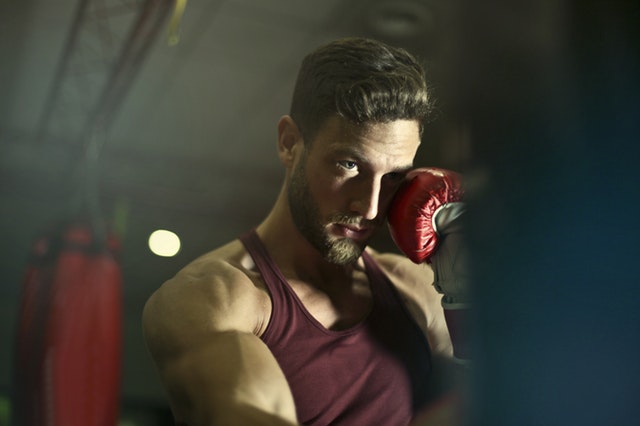
Whether you are fighting with a Gi or not, you should look into Jiu-Jitsu rash guards. They are important when you are training physically and with your health.
First of all, these short sleeve rash guards are form fitting and are short-sleeve, which means you’ll barely know they are there. Even better, they are made with moisture-wicking material which means that even if you sweat profusely, the rash guard will draw the moisture away from your body and cool it down, all at the same time. It does this by having a thermal insulation that actually cools your body rather than keeping it warm.
From a health standpoint, they are extremely effective and beneficial in your BJJ training because they limit how much skin-on-skin contact there is amongst people training together and fighting one another. This means that it will help prevent the spreading of ring work and other skin diseases.
It also protects the skin from rug burn. However, the long sleeve rash guard may protect you even more.
Long Sleeve Rash Guard

The long-sleeve rash guard limits rug-burn from the ground and from the Gi and it’s material. If you aren’t wearing a long sleeve rash guard, you will probably be getting rashes or rug burn on your elbows from grappling and in general, being in contact with the ground.
It is also a great piece of gear to wear underneath your Gi or on its own when you are No-Gi training to eliminate the sweat staying on your body. They also don’t have to be expensive — you can easily get a rash guard from a surfing company, for example, which might run a little cheaper than one specifically designed for MMA or Brazilian Jiu-Jitsu.
Protecting yourself not only from a health standpoint and getting rug burn from the ground is just as important as protecting yourself from hits and force. Although BJJ doesn’t include striking or punching, you probably will get hit and knocked by an elbow or two while training or sparring. You will also be thrown around quite a lot — with your head hitting the floor.
Therefore, protective gear isn’t such a bad idea to invest in.
Protective Gear

BJJ is a contact sport, and some parts of your body might end up dangerously thrown or placed in areas where they shouldn’t be. To protect yourself from being injured, possibly even permanently here are a few pieces of gear you can invest in:
Head Gear
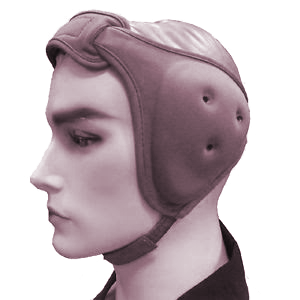
If you are training BJJ, you can also invest in head gear. Not only does BJJ threaten damage to the head, it also often leads to cauliflower ear. This is where the skin of your ear is separated from the cartilage and caused by the calcification of the blood.
Although you might not think anything of it because a lot of fighters have it, cauliflower ear can actually be painful and can impede your hearing.
Head gear or ear protectors can do wonders when it comes to preventing cauliflower ear, however, be warned that your opponent might use it against you in choke holds, therefore, keeping the head gear as minimalistic as possible is advised.
Mouth Guards
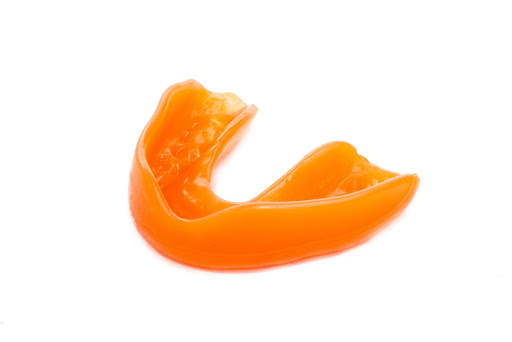
Takedowns can cause a lot of movement on your body and it will take a pounding. You will probably get caught up in the likely event of taking an elbow, knee, fist to the face that is simply just moving around. Therefore, especially if you or your parents have already invested a lot of money on those pearly whites, you can’t afford to put them in danger.
To protect them from all kinds of harm, you should invest in a mouth guard. You can get some that are custom-molded personally to your teeth, which will make for a perfect fit and not create difficult to your breathing whatsoever. You’re better safe than sorry when it comes to mouth guards, so don’t even question it — or you might lose a tooth!
Pads / Braces
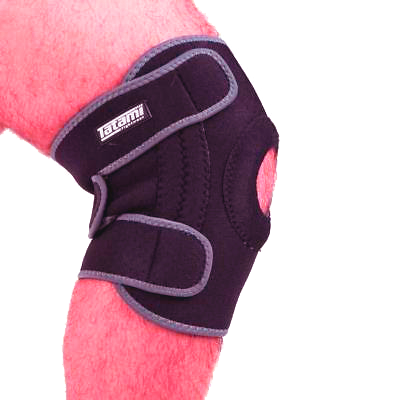
Since BJJ has a lot of grappling and groundwork involved, you’ll find yourself on your knees and on the ground quite often. Posturing right on top of your knees, landing directly on them repeatedly, and twisting them as you roll about will put them in a compromising position and situation.
In your gym or school, it’s probably not difficult to find someone who has had bruised knees or popped kneecaps. Which is not meant to scare you, however, investing in knee pads or braces can help prevent these injuries.
Purchasing these knee pads or braces that are specifically designed for BJJ is important because they are low profile and flexible, which makes it harder for your opponent to use them against you. You also want to be as flexible as possible because you need to get in and out of positions and holds while you’re sparring or fighting in competition.
Groin Protectors
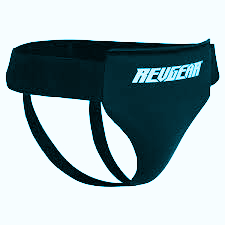
For men, it is highly recommended to invest in groin protectors or groin cups. A lot of movements and techniques in BJJ leaves the groin vulnerable and exposed in a place where is really unfortunate if it takes a hit. Even if you are sparring with a partner in your own gym or school, it is possible that you can take a hit there by accident. If you have a groin protector, you’ll be better off.
You can either get a groin protector for BJJ by using a “supporter”, which is a jock strap or the cup standalone. Depending on your personal preference, of course, you can choose either one. However, it is recommended to use the supporter because you will be moving around constantly in different positions. If your cup is shifted incorrectly while moving, it might actually end up causing more harm than protection so, choose wisely.
Gear Bags
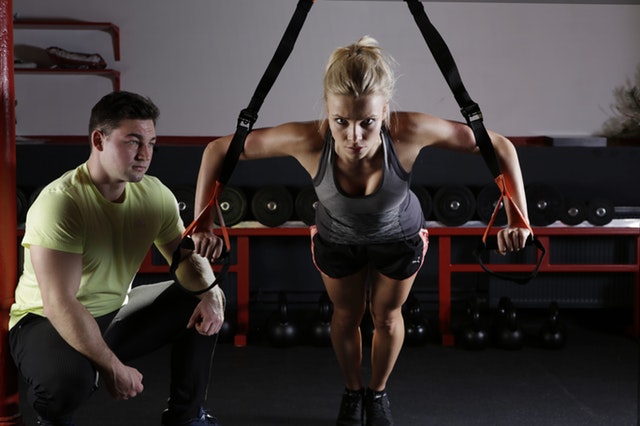
Finally, you will need a place to put all your gear in from going about your day to heading to your BJJ school or gym. Although you can always use a regular backpack, there are specific BJJ gear bags and backpacks that are specifically designed with the same material used in Gis, which makes them extremely durable.
You can invest in a duffel bag or a backpack to put all your equipment in, including your Gi and your protective gear. You should also have some room in there for an extra change of clothes water, and some healthy snacks that will keep you energized and ready to fight.
I hope that this guide has helped introduce you to the world of Brazilian Jiu-Jitsu gear. With this guide, you should now know everything you might want to invest in for your training and for your sparring. As you go on and develop as a fighter, you’ll learn more about brands and which is best for you or what type of equipment you prefer, but, as always, you can ask your gym or school what they suggest, especially for beginners.


